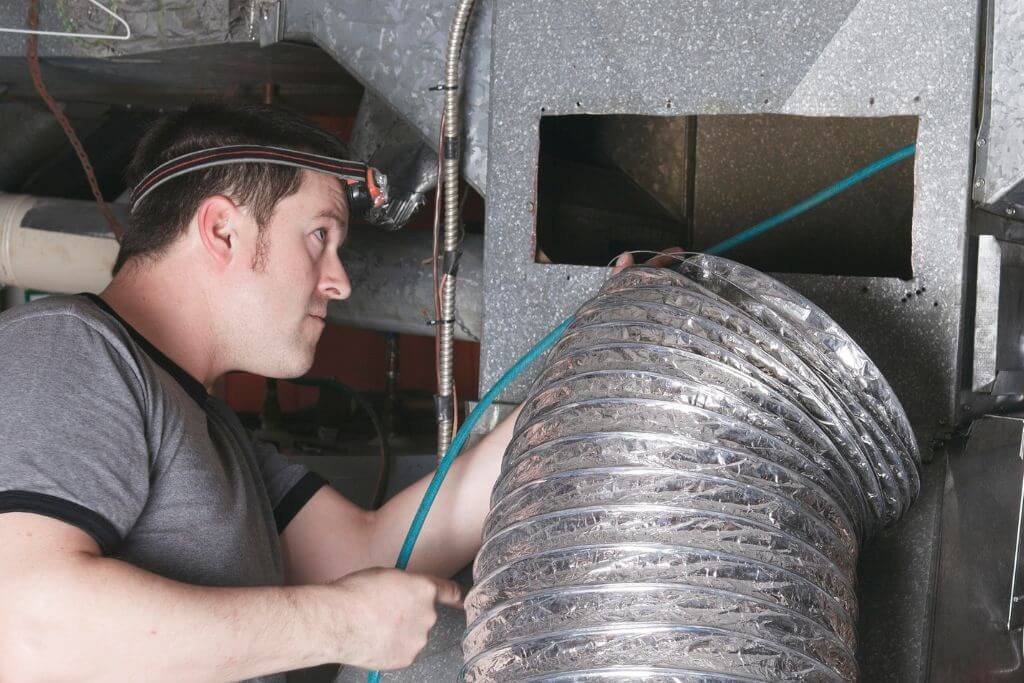Do you reside or work in a historic structure? First of all, you have to choose the right size air conditioner and keep the ducts of your building clean. The air inside might not be as fresh as it could be if that’s the case. That’s because older buildings’ air ducts tend to gather dust and other debris over time. The air in your home or business may be easily improved by cleaning the air ducts. In this blog, we will inform you about the benefits of cleaning air ducts, the difference between traditional and ductless air conditioners, and many more.
Disadvantages of filthy air ducts in older buildings
Air ducts lose their ability to circulate air effectively when they become unclean. Which may result in poor indoor air quality and worsening health conditions, including allergies, respiratory difficulties, and headaches. You may restore the air ducts’ ability to circulate freely by cleaning them of dust, filth, and other accumulated debris over time. Finally, if you do not clean the ducts of your older building, your AC will have to work hard to provide peak performance which can become expensive.
Q. How do clean air ducts increase comfort in older buildings?
Your building’s air ducts distribute air from your heating, ventilation, and air conditioning (HVAC) system across the whole area. The air quality and comfort level of your building may suffer due to these ducts being blocked over time with dust, grime, and other debris.
Your air ducts need to be cleaned often to counteract this issue. By doing this, you may raise the effectiveness of your HVAC system while also enhancing the general air quality in your building, lowering the quantity of dust and allergens present. Ultimately, this can result in a cozier and healthier setting for living or working.
Q. What is the difference between a standard air conditioner and a ductless air conditioner?
Air conditioners come in two varieties: ductless and conventional air conditioners with ducting. These two systems primarily differ in how they circulate air throughout your building.
Cool air is circulated throughout your building’s duct system by a typical air conditioner with ductwork. The atmosphere subsequently circulates throughout each room via registers or vents.
On the other hand, a ductless air conditioner does not transfer air through ductwork. Instead, it employs one or more interior units plus a small outside unit to cool specific rooms or areas of your building. Due to this, ductless air conditioners are a fantastic alternative for older buildings that might lack the space or infrastructure for conventional air conditioners.
Advantages of keeping the older building ducts clean
Keeping the air ducts clean in older buildings is essential to maintaining a comfortable and healthy environment. The following are some benefits of keeping ducts clean:
- Clean air ducts can lower the concentrations of pollutants, allergens, and dust. It can also result in improving breathing comfort and lowering the risk of respiratory problems.
- Your HVAC system’s efficiency might be decreased by a filthy or clogged air duct system, which can increase your energy costs. You can guarantee the system is functioning well and reduce energy expenses by keeping the ducts clean.
- To extend the life of your HVAC system, a well-maintained air duct system may help you avoid spending money on expensive repairs or replacements.
- Interior air quality and health can be negatively impacted by mold and mildew growth, which is frequently more likely to occur in older buildings.
- Clean air ducts may increase the overall comfort of your facility by ensuring that the temperature is uniform throughout the area and that there are no unpleasant aromas or smells. Regular air duct cleaning can prevent mold and mildew from forming.
Conclusion
In summary, cleaning the air ducts in older buildings is a simple yet effective way to improve indoor air quality. So if you live or work in an older building, consider having your air ducts clean every time. It will help you in different ways, like improving your health, saving money on electric bills, and many more.

